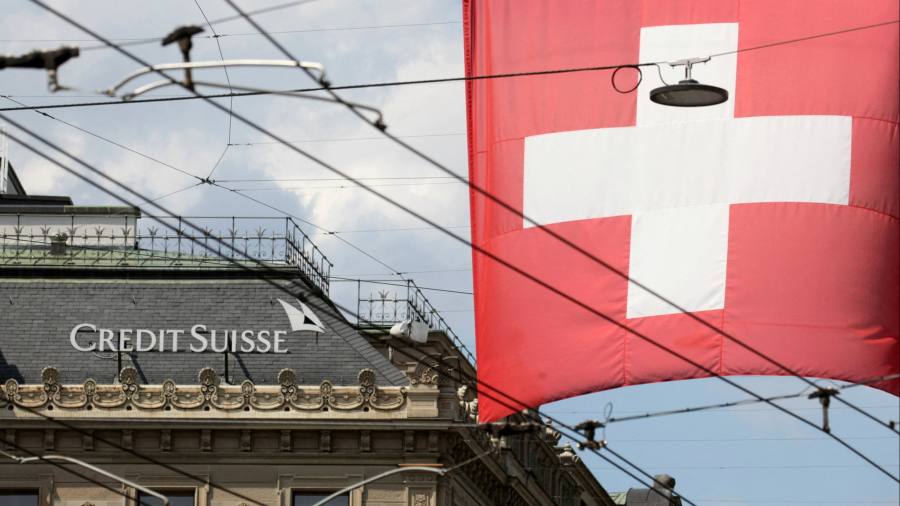
Europe will simply not allow itself to be overshadowed by the US in a news cycle about banking stresses.
Credit Suisse has said it plans to borrow up to SFr50bn from the Swiss National Bank in fully collateralised transactions. It’s also buying back $3bn in senior debt securities, according to a statement on its site Thursday morning (still Wednesday night in the US):
Credit Suisse is taking decisive action to pre-emptively strengthen its liquidity by intending to exercise its option to borrow from the Swiss National Bank (SNB) up to CHF 50 billion under a Covered Loan Facility as well as a short-term liquidity facility, which are fully collateralized by high quality assets. Credit Suisse also announces offers by Credit Suisse International to repurchase certain OpCo senior debt securities for cash of up to approximately CHF 3 billion.
Credit Suisse also reminds investors that it is a G-SIB and had a liquidity coverage ratio of 150 per cent on Tuesday:
As of the end of 2022, Credit Suisse had a CET1 ratio of 14.1% and an average liquidity coverage ratio (LCR) of 144%, which has since improved to approximately 150% (as of March 14, 2023). The use of the Covered Loan Facility of CHF 39 billion will further strengthen the LCR with immediate effect. Credit Suisse is conservatively positioned against interest rate risks. The volume of duration fixed income securities is not material compared to the overall HQLA (high quality liquid assets) portfolio and, in addition, is fully hedged for moves in interest rates. Moreover, the loan book is highly collateralized at almost 90%, with more than 60% in Switzerland and an average provision for credit loss ratio of 8 bps across Wealth Management and the Swiss Bank.
Still, Barclays’ macro strategists wrote Wednesday that they are becoming “more concerned” about the vibes-based sell-off that has expanded beyond the US regional banks.
Because vibes affect deposits, and deposit outflows matter quite a lot too. From Barclays:
As our equity and credit analysts covering Credit Suisse also note, we believe that this crisis is not about asset quality. It seems to be a liquidity crisis, driven by deposit outflows and a steady stream of negative headlines about the Swiss bank. And it has the potential to matter considerably at a macro level, if not tackled. The European (and US) banking systems are far better capitalized than they were in 2008. But in today’s market move, even extremely well-capitalized and healthy European banks are seeing their AT1 bonds drop sharply in sympathy . . .
If not stopped, confidence crises can spiral into solvency issues. For instance, throughout the euro area crisis, the only clear solvency crisis was Greece. Yet highly solvent sovereigns such as Spain got entangled in worries that the ECB would not stand behind the banking system unconditionally and that any conditionality was too politically painful for individual countries within the eurozone to accept. Without decisive action on the liquidity front, markets will ultimately ask the question of “who’s next,” even for banks that currently have the confidence of investors.
This could qualify as decisive action! One can only hope it doesn’t spook markets too badly. Especially ahead of the upcoming ECB rate decision Thursday morning, where a 50bp rate increase is seen as a sure thing.